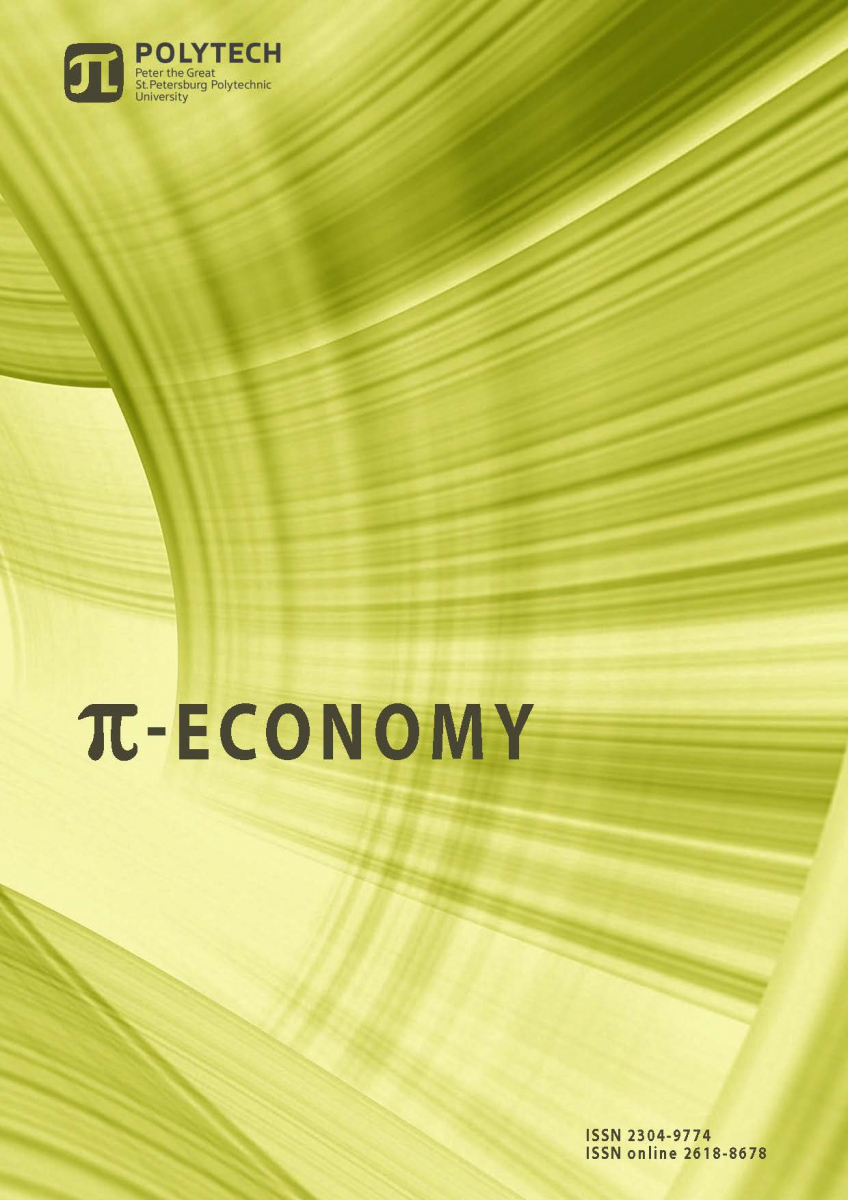Features of the life cycle structure of digital innovations based on the use of artificial intelligence
This article examines the factors influencing the duration and life cycle structure of digital innovations based on artificial intelligence (AI). The relevance of this research is driven by the fact that AI technologies are an area of international competition that has a significant impact on socio-economic development, economic growth (in particular, GDP growth) and the technological sovereignty of the state. The goal of this article is to examine the features of the structure and duration of the life cycle of innovations based on AI models. The object of this study is digital innovations obtained using AI. The subject of this study is the life cycle structure of digital innovations associated with the use of AI, including various stages of the innovation process from initiation, development, implementation, commercialization and diffusion across various sectors of the economy. The authors set a number of tasks for conducting this study, including: analyzing the development trends of digital innovations based on AI; identifying the factors influencing the duration of various stages of the life cycle of digital innovations based on AI; characterizing the processes occurring at the stages of the lifecycle of digital innovations based on AI, depending on the level of development of the MLOps management methodology. The study identified trends toward increased research activity in the field of AI in recent years (an increase in the number of publications and patents), as well as the increasing complexity of models (an increase in the number of their parameters), which led to an increase in the duration of training and increased requirements for computing resources. A list of external and internal factors determining the duration of the processes forming the lifecycle of a digital innovation was compiled. A diagram of the lifecycle processes of an AI-based digital innovation is constructed in accordance with the MLOps maturity level of the implementing organization. The article demonstrates that assessing the maturity level is necessary for improving the development, testing and implementation processes, which helps to reduce the duration of the preparatory (preceding the use of the innovation) stages of the lifecycle. To ensure the flexibility of the MLOps process and its components, it is advisable to use a combination of open-source tools and corporate solutions. To automate and standardize processes throughout the entire lifecycle of a machine learning model (from development and testing to deployment, monitoring and management), the MLOps methodology is used, the maturity level of which significantly determines the duration of the stages of the digital innovation life cycle.


